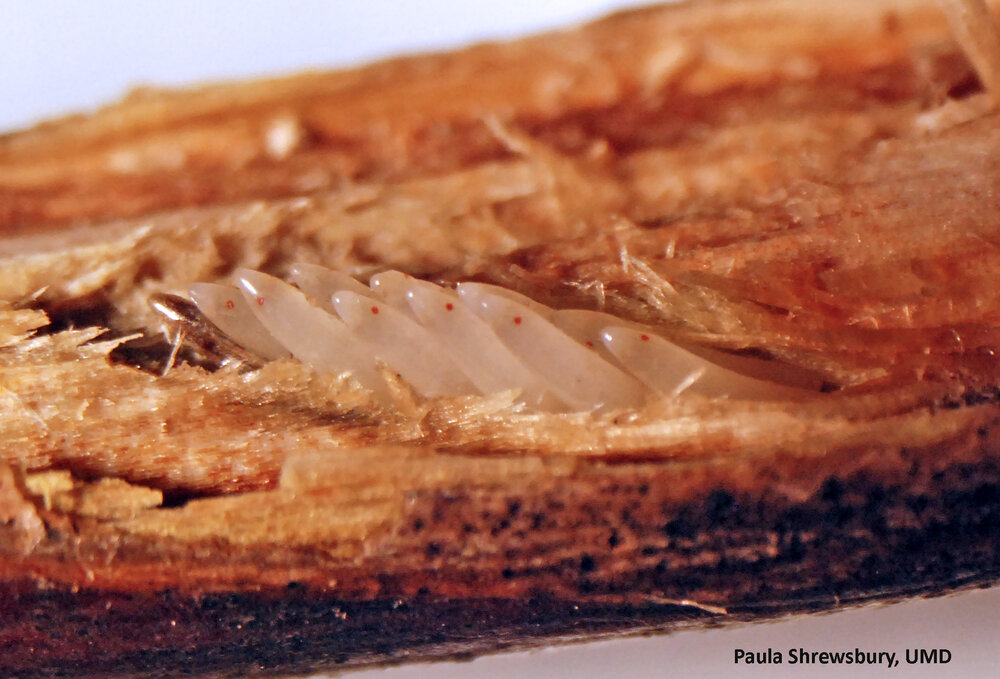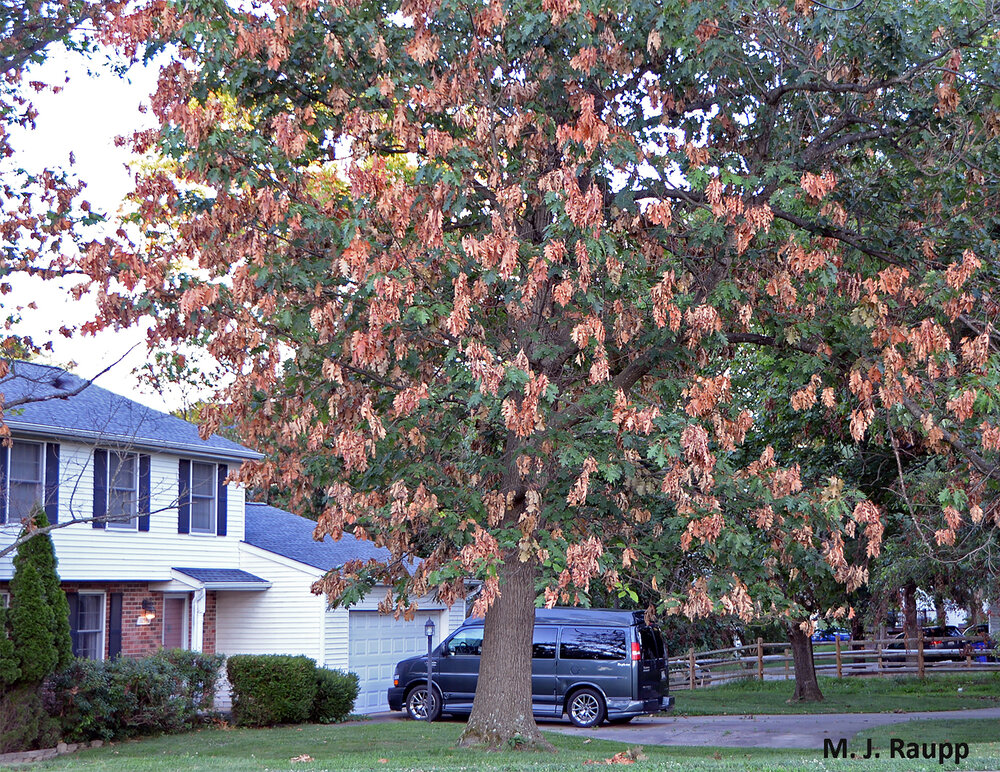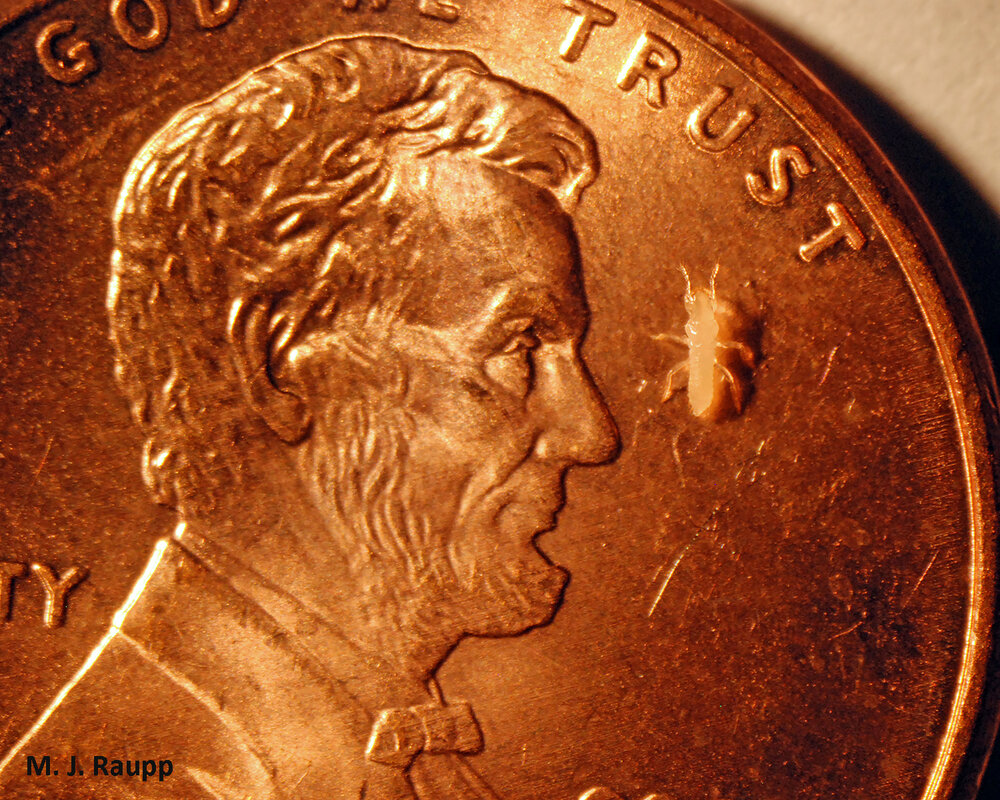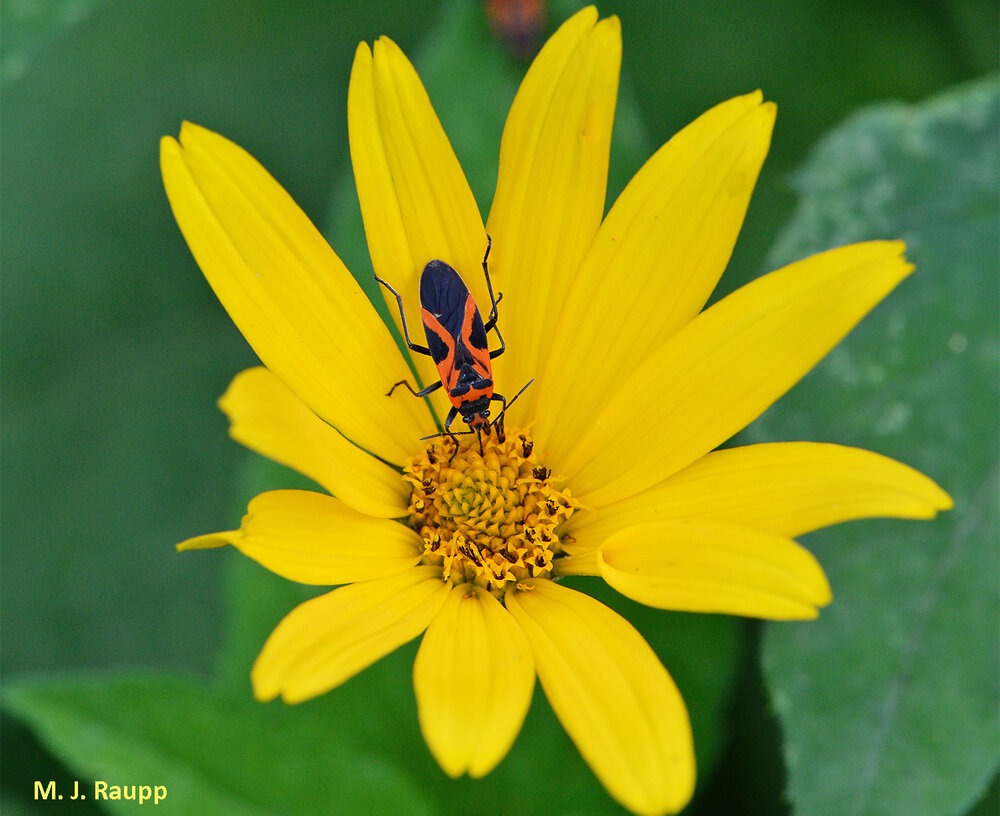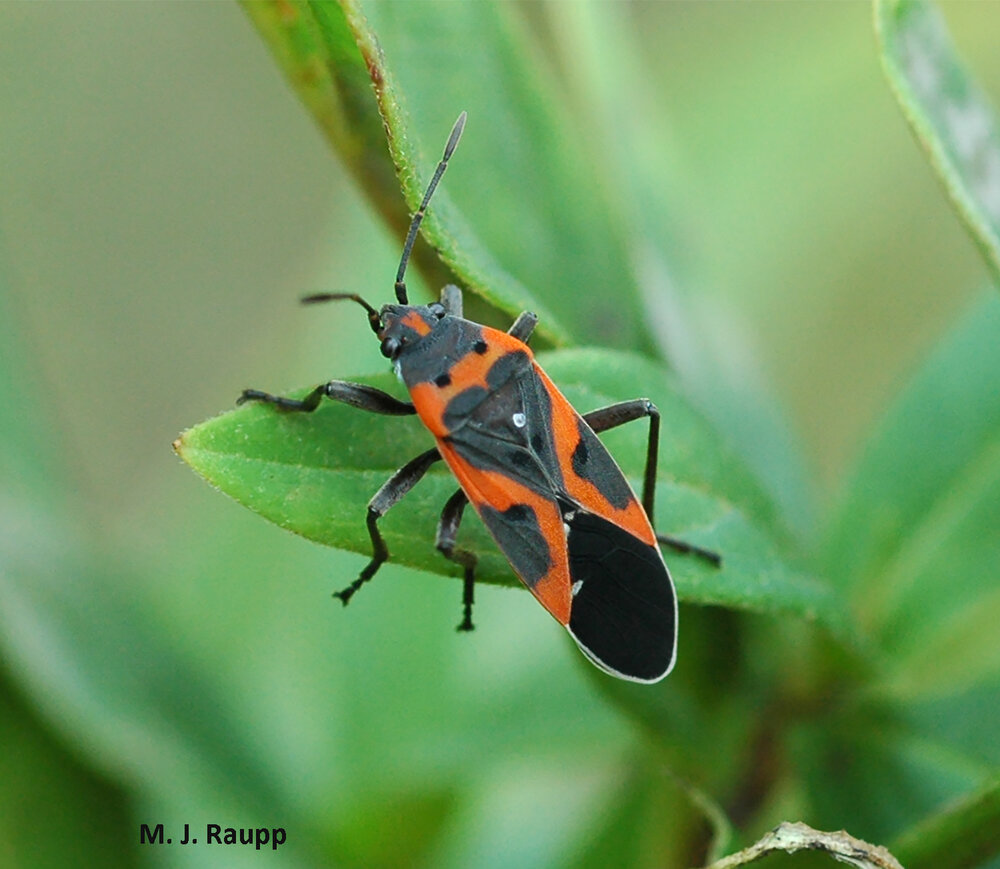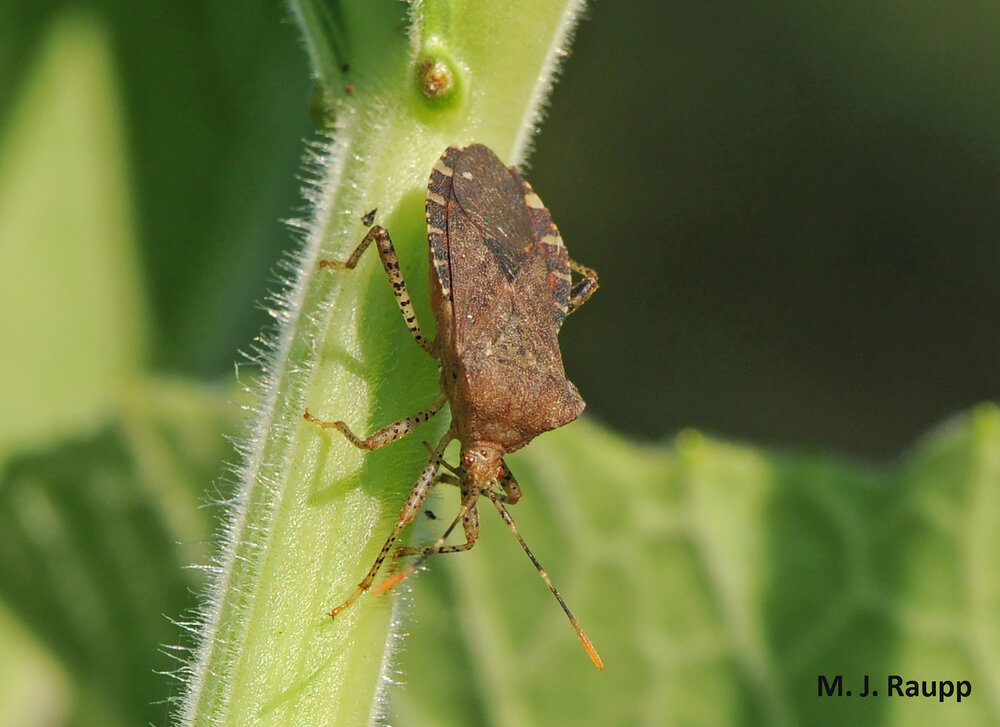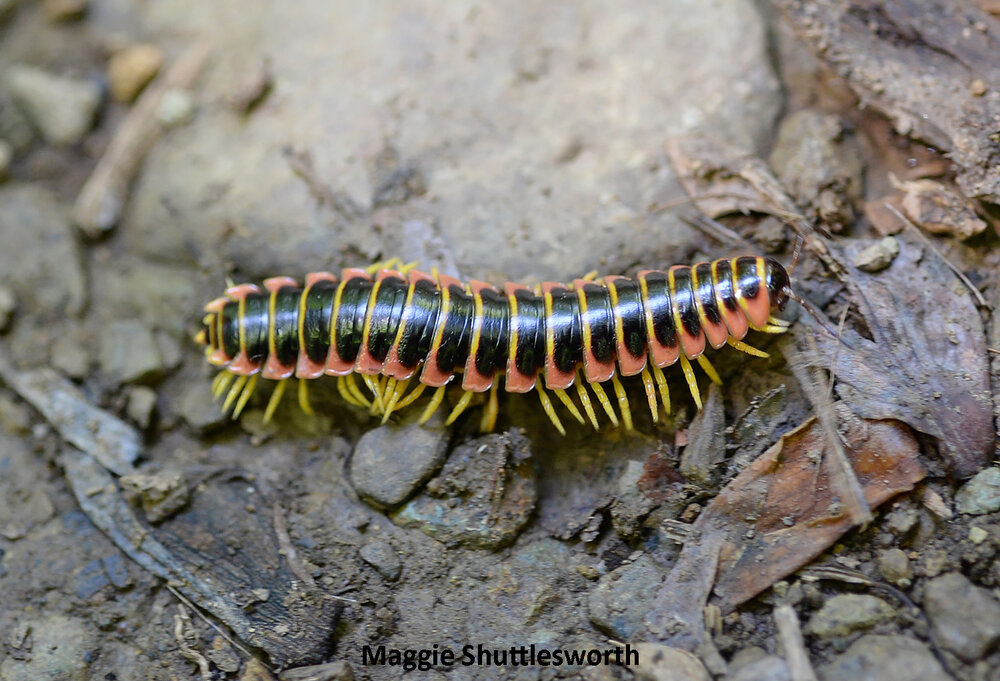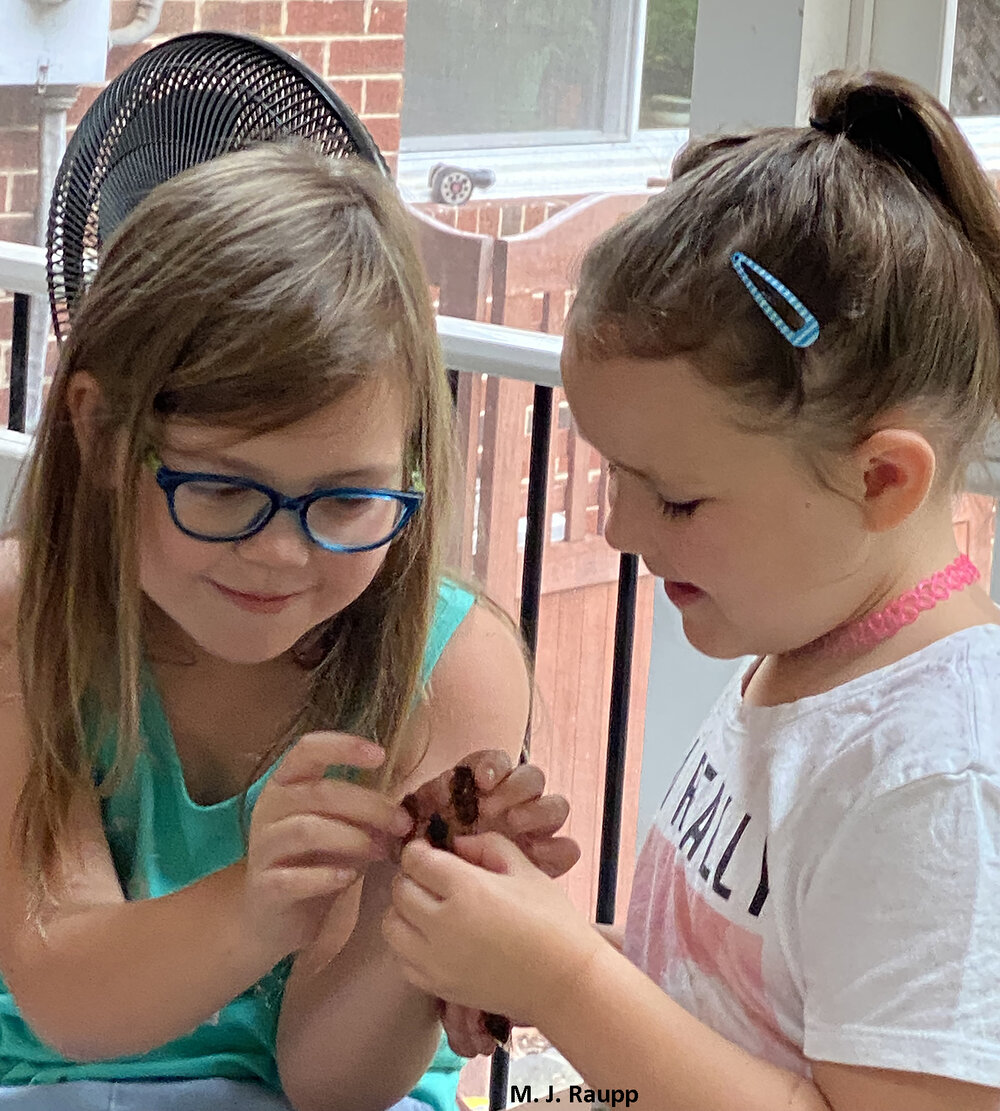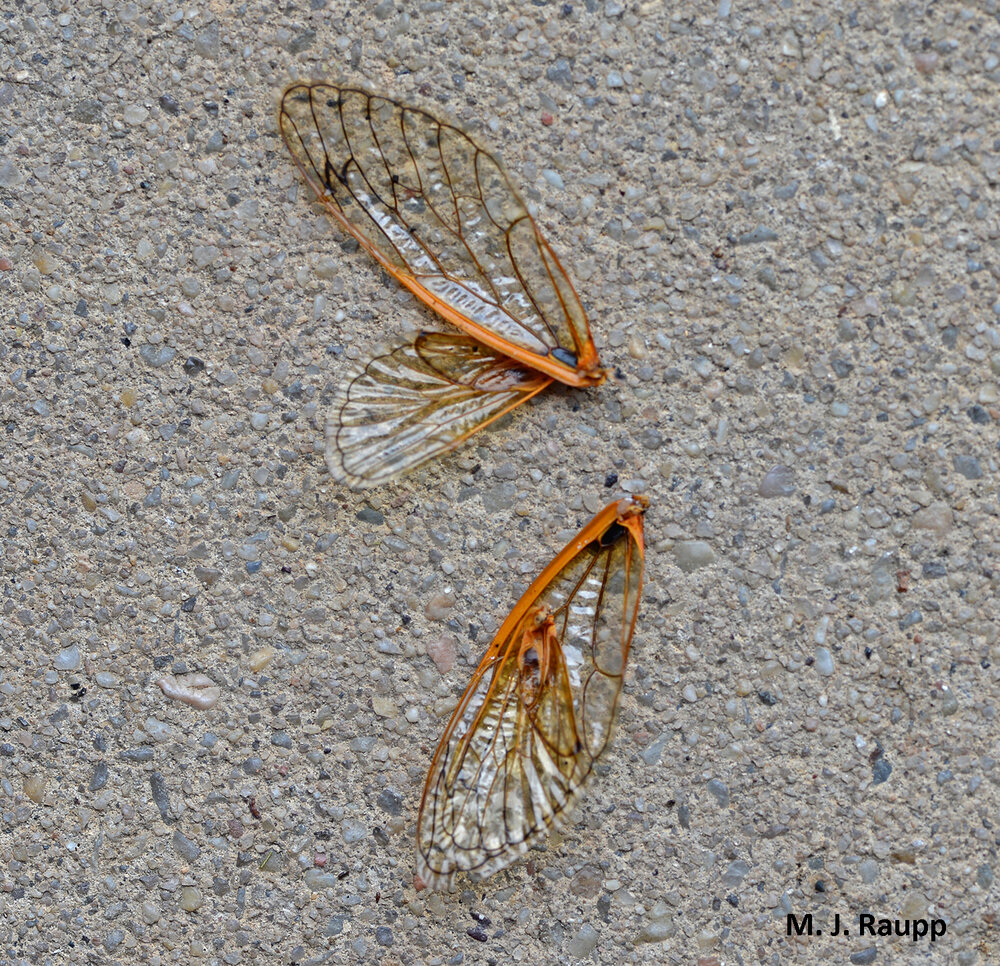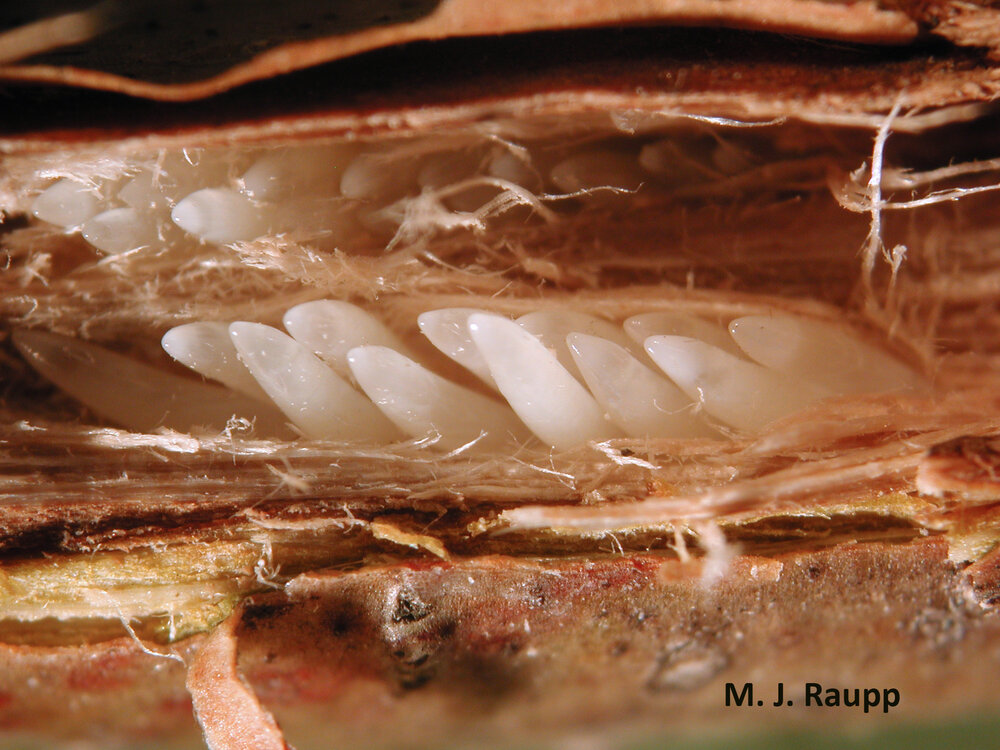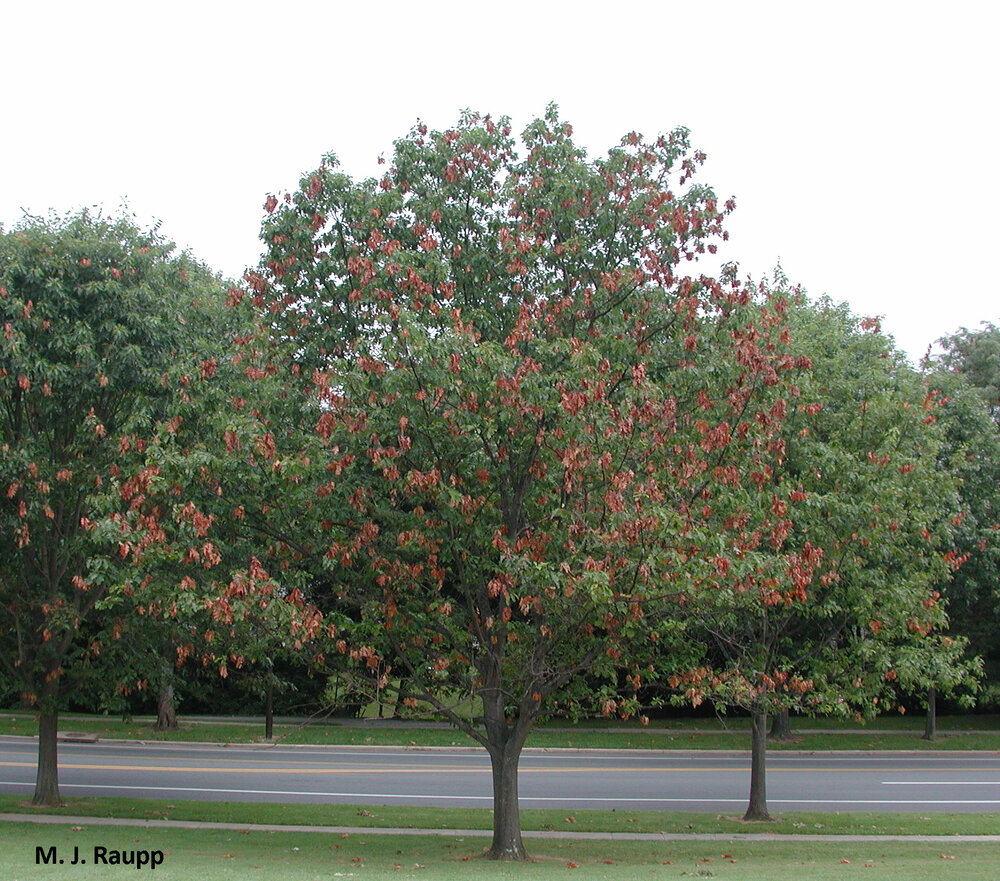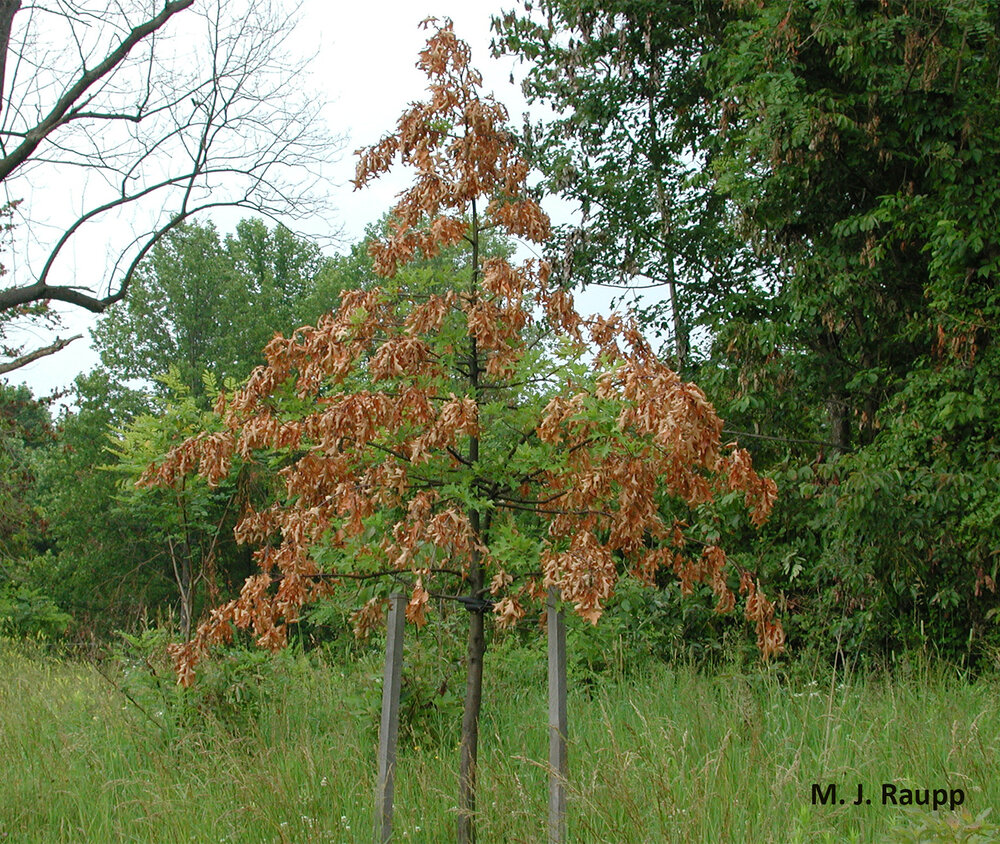Bird droppings? Nope, clever moths and caterpillars looking like poop: Beautiful wood-nymph, Eastern tiger swallowtail, Black swallowtail, Red-spotted purple
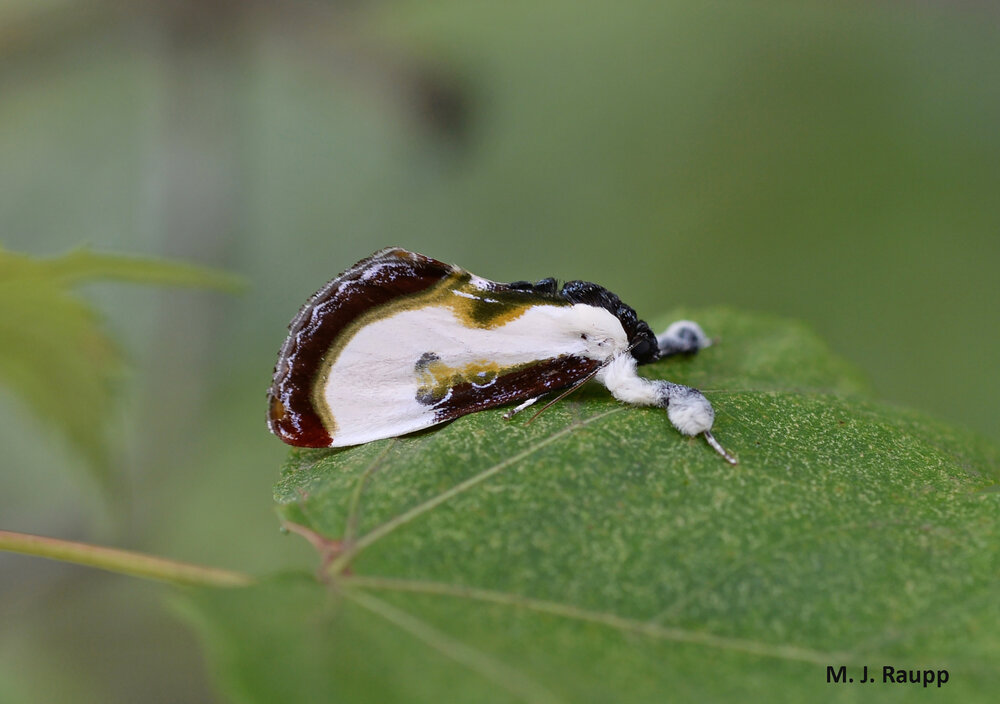
At first glance the beautiful wood-nymph moth looks like a rather large and ornate bird dropping.
The art of deception has evolved many times in the insect kingdom. In previous episodes we met members of the phasmatid clan from around the globe, walking sticks from the hills in Maryland, jungles of Vietnam, forests of Australia, coastal plains of Florida, and rainforests of Malaysia that did their best to resemble branches, twigs, and leaves of plants. Their clever ruse of resembling parts of plants enables otherwise tasty prey to be overlooked by the hungry eyes of visually astute predators like birds, lizards, and mammals. Similar acts of deception are seen in katydids and other insects with green colors and patterns that mimic leaves of plants.
Ah, but twigs and leaves are not nature’s only items of little or no interest to meat-eaters. Two years ago, while dining outdoors on the patio of a popular restaurant in NYC, we were bombarded with bird droppings from starlings in shade trees overhead. As diners dropped crumbs or abandoned their meals, starlings swooped down to battle over morsels on the ground and scavenge uneaten tidbits from lunch plates. While awaiting the next meal, birds returned to lofty perches and relieved themselves, thereby creating quite a mess on tables and chairs below. While watching the action and dodging birds, not once did I see a bird attempt a taste-test of droppings deposited by the rest of the flock. Forged by eons of selection, many insects have evolved a mien bearing a very close resemblance to a bird dropping. How clever is this? What self-respecting insectivorous bird eats a bird dropping, right?
Let’s start with a bird dropping. We’ve all seen these. Next, look at the caterpillar of the red-spotted purple, a bird-dropping mimic that turns into a cool butterfly often seen on the forest floor. If you grow parsley, dill, or fennel you may have seen the black swallowtail caterpillar feasting on your herbs. Adult black swallowtails are common visitors to flower gardens. Within a silken shelter on a leaf, you’ll find another bird dropping mimic, the eastern tiger swallowtail caterpillar. Adult eastern tiger swallowtails sip nectar from butterfly weed.
A week or so ago while visiting the spectacular Cacapon State Park in Berkeley Springs, WV, my granddaughter spotted the beautiful wood-nymph, Eudryus grata. Of course, the initial response to this discovery was “don’t touch” but on closer inspection and with a little prodding, what first appeared to be a rather juicy bird dropping took flight and landed on a nearby leaf. The beautiful wood-nymph ranges from Canada to Texas, where caterpillars dine on members of the grape family. In the northern part of its range one generation occurs annually, but in Florida and southern states multiple generations occur each year.
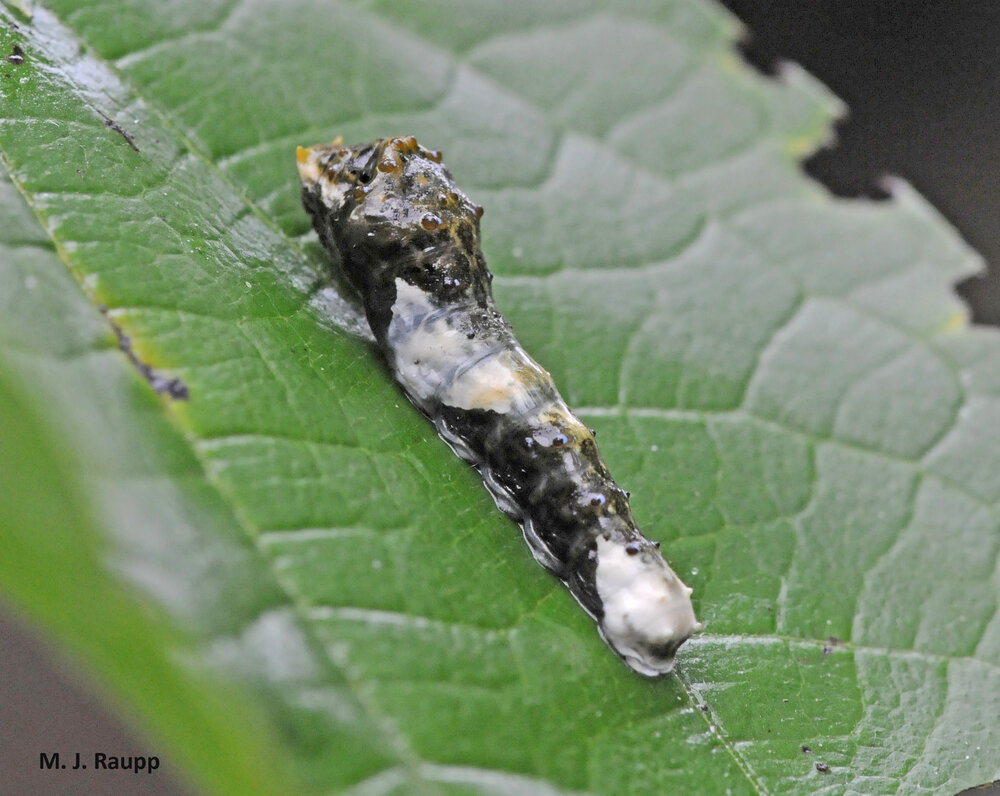
Freshly deposited bird dropping or giant swallowtail caterpillar?
The caterpillar of the gorgeous red-spotted purple butterfly feeds on leaves of cherry, oak, and poplar and resembles a rather large and gooey bird dropping. Larvae of several species of swallowtail butterflies mimic bird droppings in the early stages of development. Those commonly found in our area include dill and parsley munching black swallowtail caterpillars, eastern tiger swallowtail caterpillars which dine on leaves of tulip poplar, magnolia, and several other species, and pretty spicebush swallowtail caterpillars often found on sassafras as well as spice bush. Next time you see what appears to be a bird dropping resting on a leaf, take a second look and you might be treated to the discovery of one of many tiny masters of a frequently overlooked and unusual disguise.
Acknowledgements
Bug of the Week thanks Eloise for spotting the beautiful wood nymph butterfly and providing inspiration for this episode. The wonderful meadows, gardens, and forests of Cacapon State Park were the backdrop for observing several species of swallowtail butterflies. “Insect defenses” by David Evans and Justin Schmidt, and “Caterpillars of Eastern North America” by David Wagner were used as references.
This post appeared first on Bug of the Week
